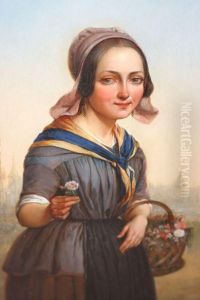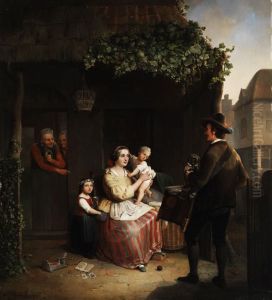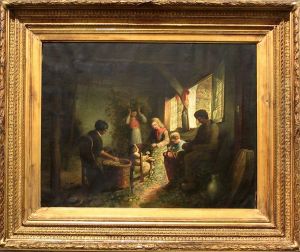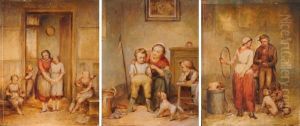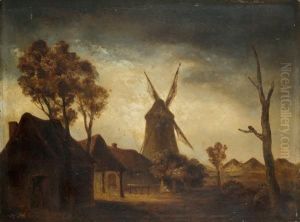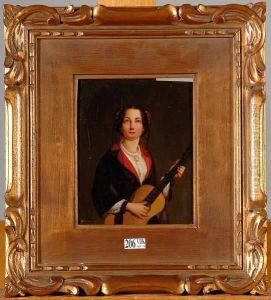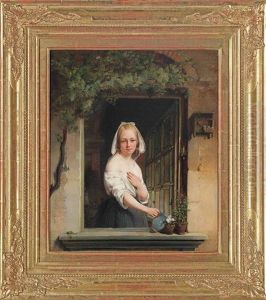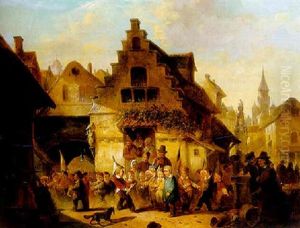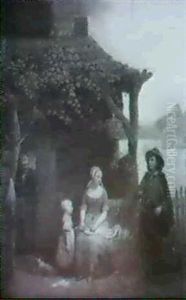Paul Haesaert Paintings
Paul Haesaerts was a Belgian artist, filmmaker, art critic, and writer, known for his contributions to the understanding of modern art. He was born in Antwerp, Belgium, in 1919, and his work as an artist and critic spanned several decades of the 20th century. Haesaerts was particularly interested in the avant-garde movements and was a prominent figure in promoting and documenting modern art in Belgium and beyond.
During World War II, Haesaerts was involved in the resistance movement, which influenced his post-war perspectives on art and society. After the war, he became deeply engaged in the cultural reconstruction of Belgium and worked to reintroduce the Belgian public to contemporary art, which had been somewhat suppressed under German occupation.
Haesaerts gained international recognition for his documentary 'Visit to Picasso' (1949), which was one of the first films to show the artist Pablo Picasso at work. This groundbreaking film won the International Prize for Best Documentary at the Venice Film Festival in 1951. The success of this film was a testament to Haesaerts' innovative approach to art criticism and education, as he sought to bring the creative process of modern artists to a wider audience.
Aside from his work in film, Haesaerts was also a prolific writer and published numerous articles, essays, and books on modern art. His texts often focused on the importance of abstract art and its role in the evolution of cultural expression. He was a strong proponent of the Cobra movement (an acronym for Copenhagen, Brussels, Amsterdam), which was an avant-garde movement that emerged in the post-war period and was characterized by a spontaneous and expressive style of painting.
Paul Haesaerts' contributions to art history and criticism helped shape the discourse around modern art in the mid-20th century. His efforts in bringing attention to contemporary artists and their methods played a significant role in the cultural landscape of his time. He passed away in 1983, leaving behind a legacy of advocacy for the arts and education about the creative spirit of modernism.
